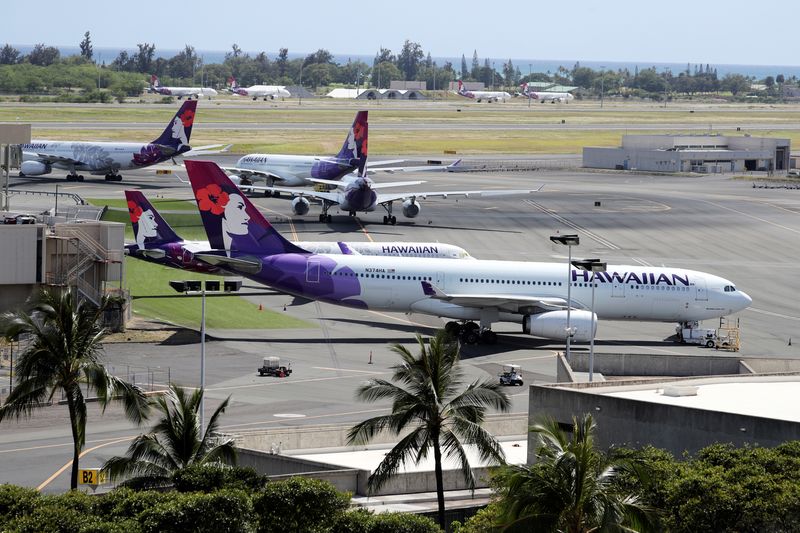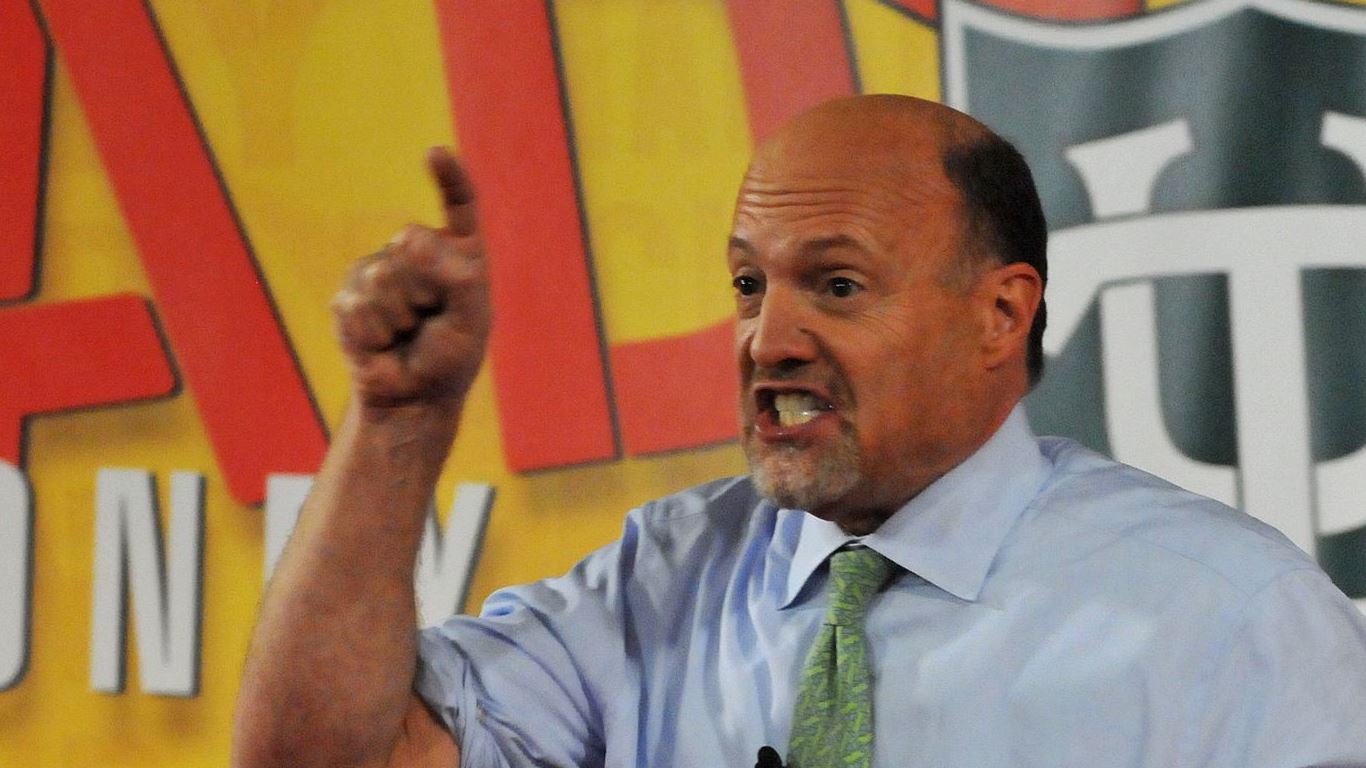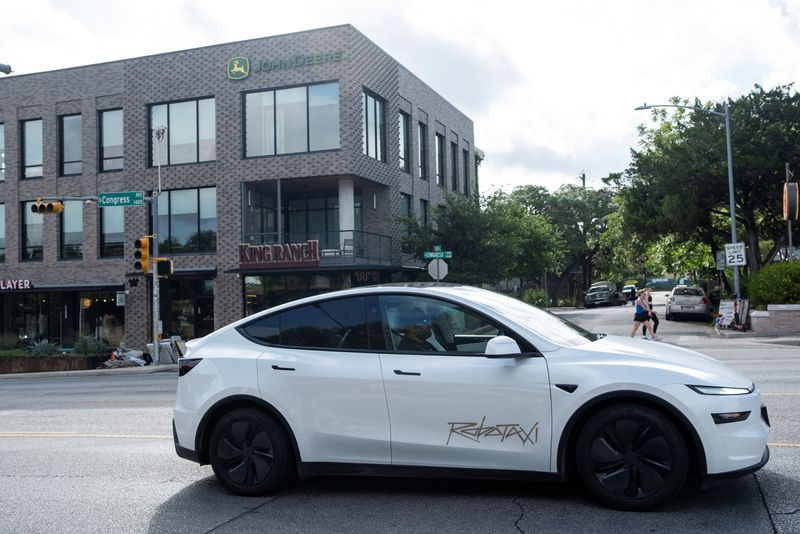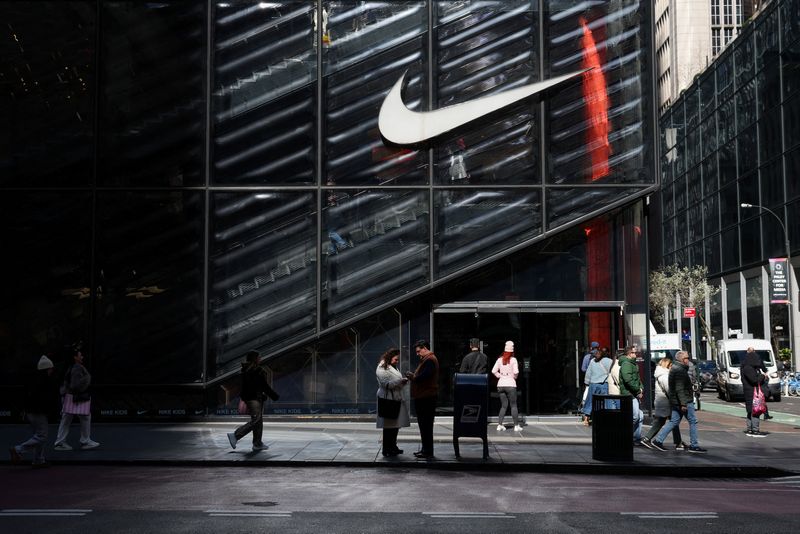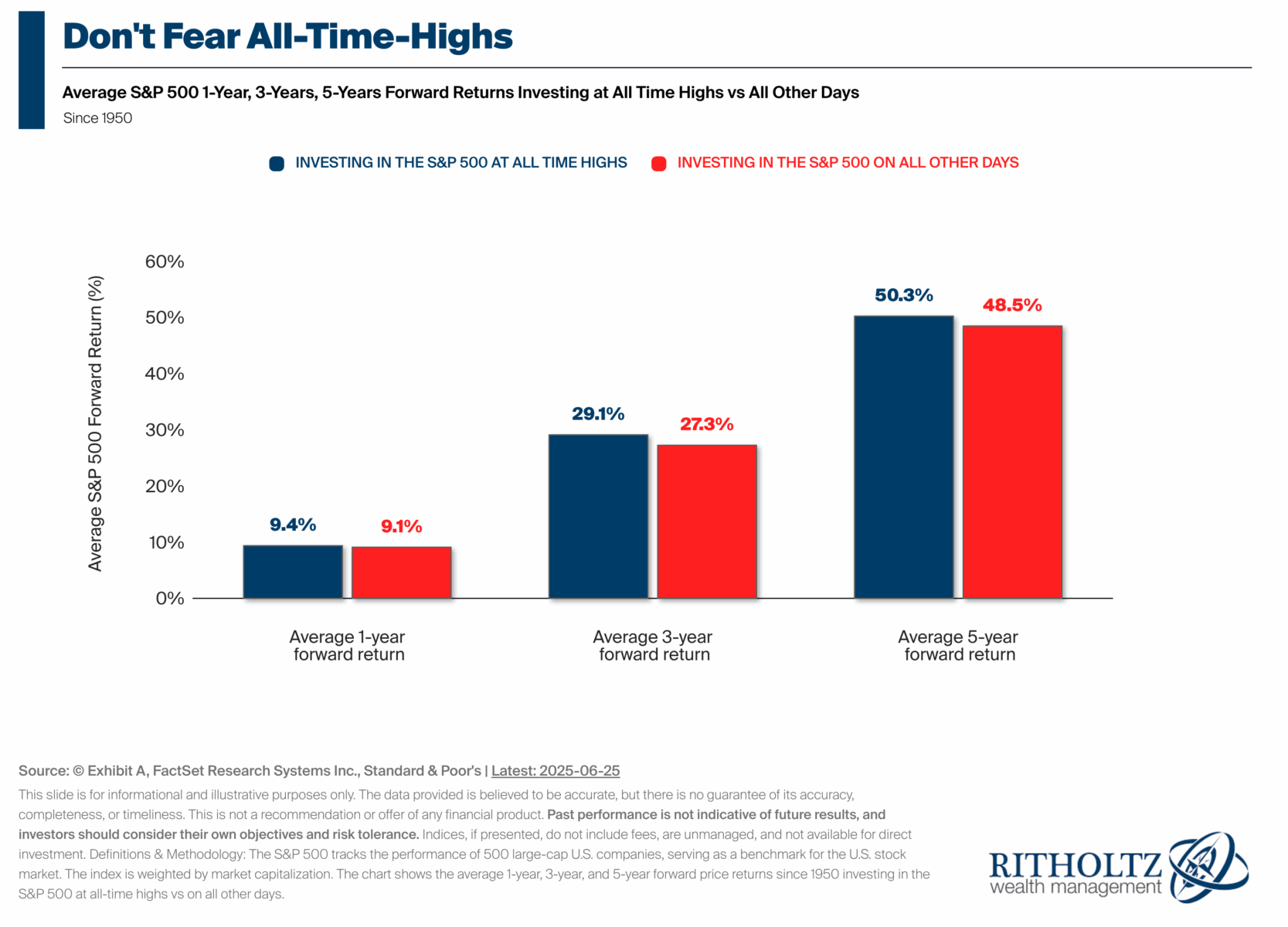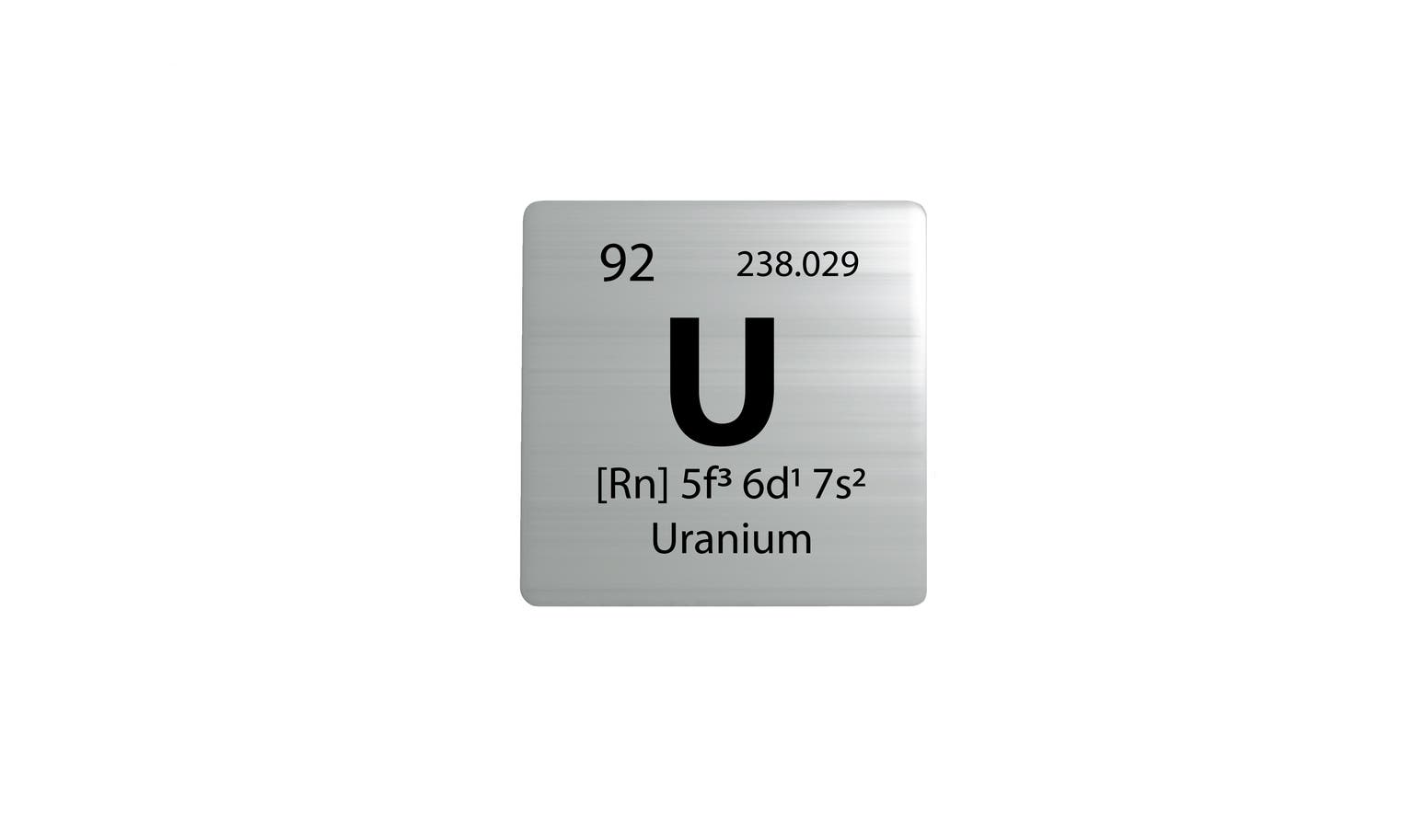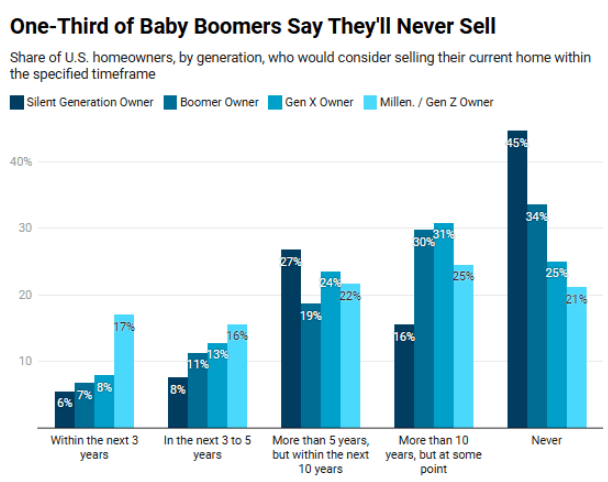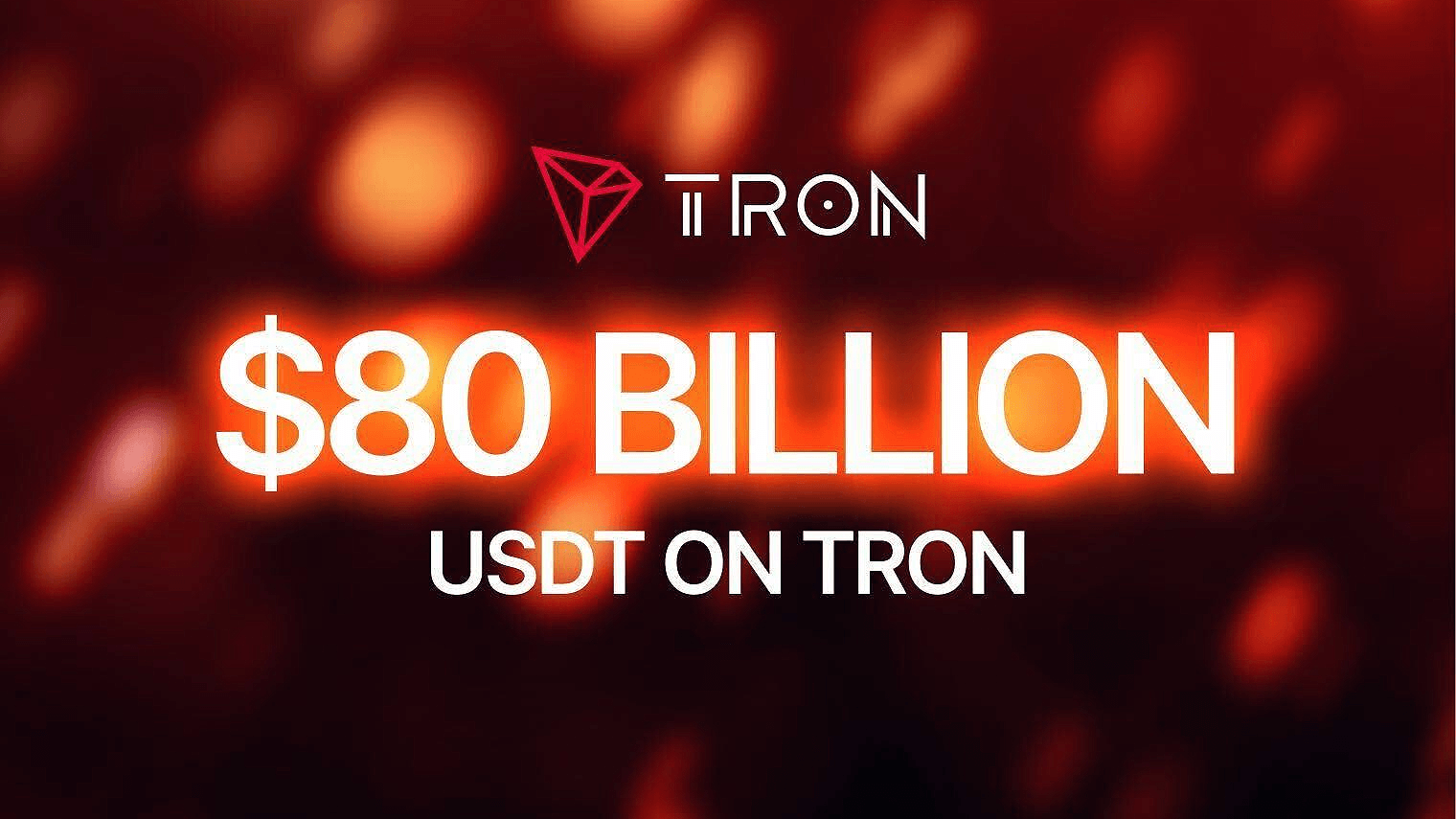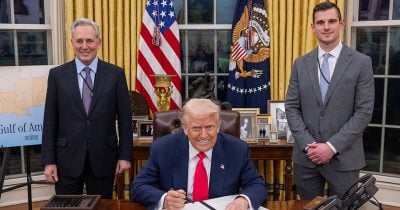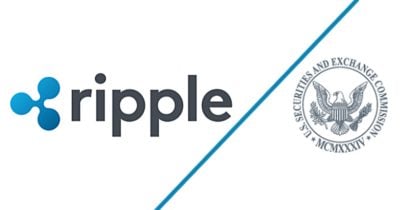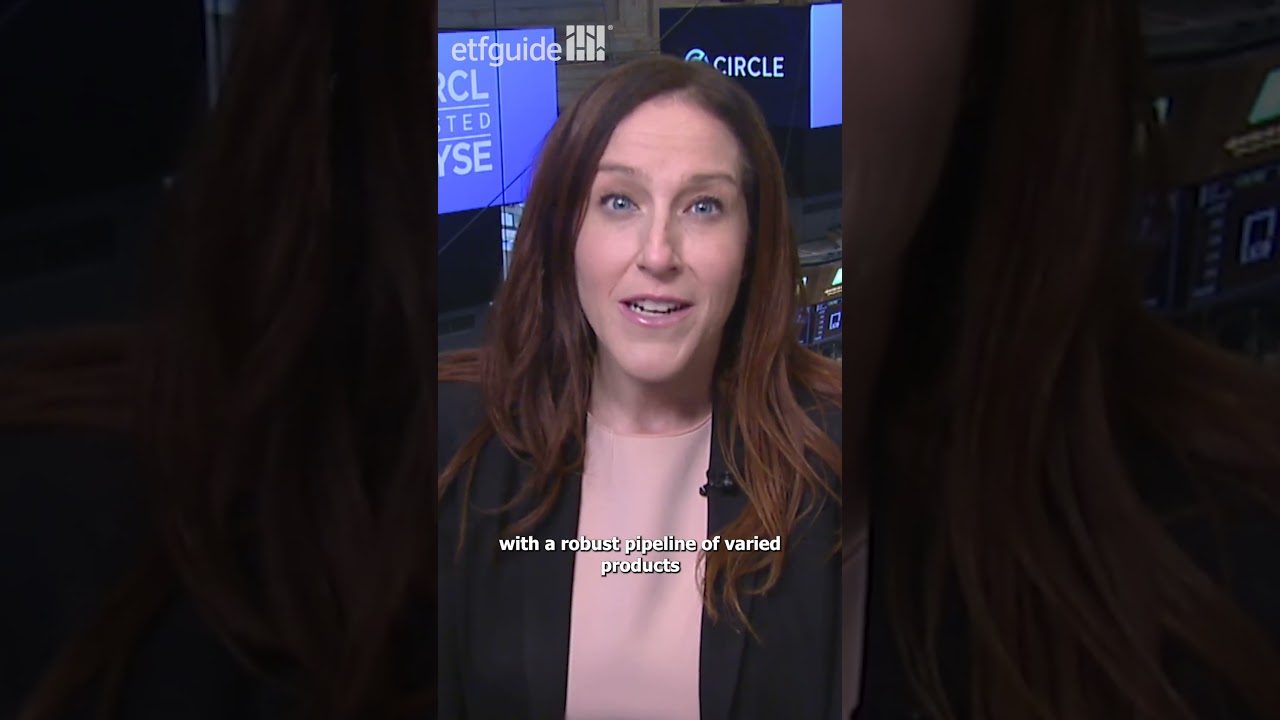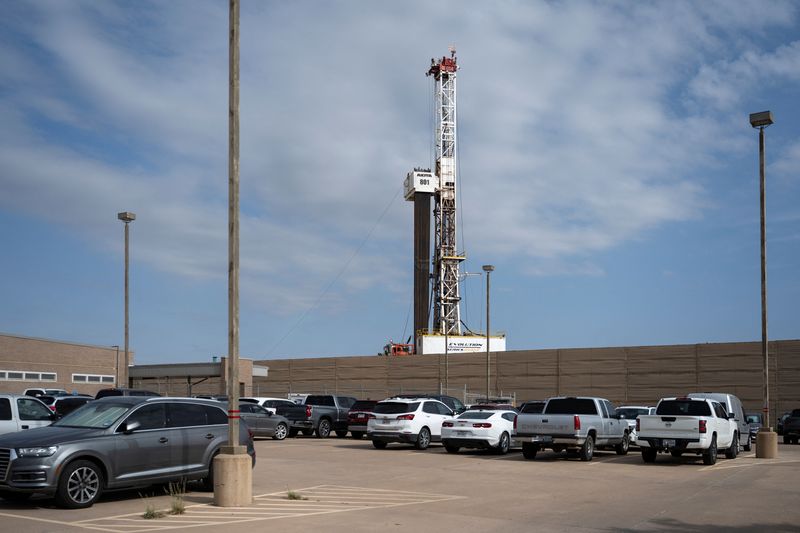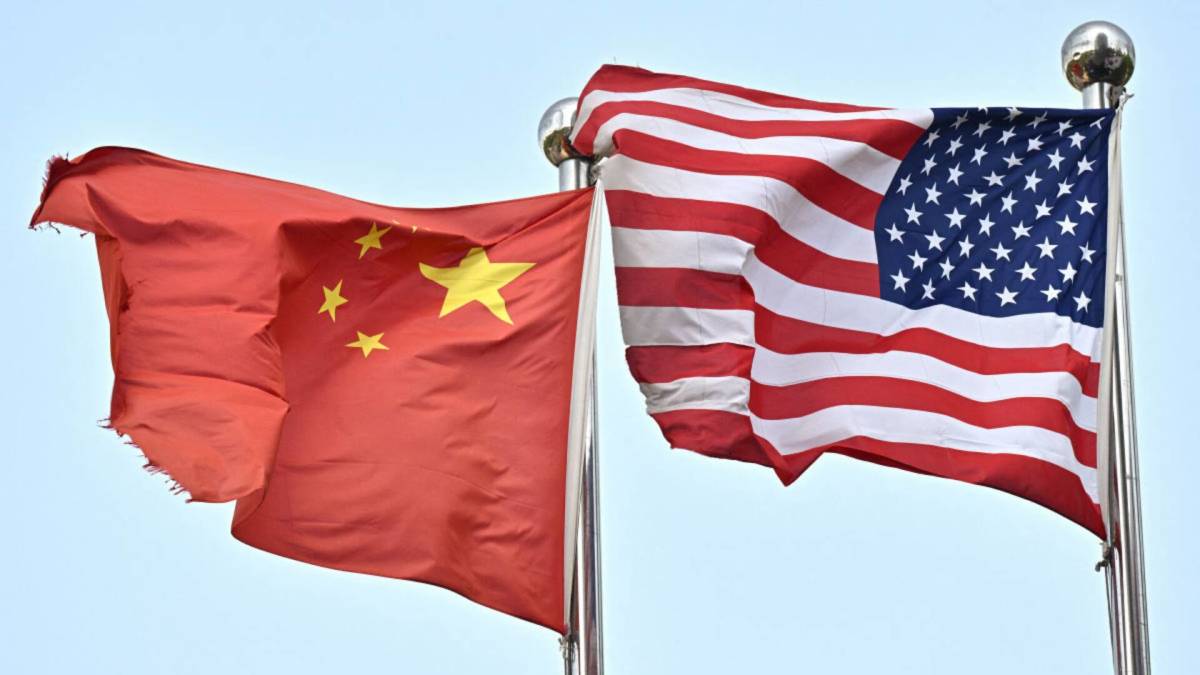Jeep, Dodge parent Stellantis doubles down on the US
Stellantis' moves this week have been about one thing: North America.

The U.S. auto industry is a fraction of what it was 50 years ago.
Thanks to robust competition from Japan and Europe, the industry has been essentially stagnant since the 1970s, when the U.S. produced about 10 million vehicles annually.
Despite the population growing by more than 60% since then, car manufacturers produced just 10.6 million vehicles in the U.S. in 2023.
Related: Jeep Dodge parent Stellantis makes change US consumers will love
"We’re in a triage situation," United Auto Workers Union President Shawn Fain, representing the largest auto worker union in the country, told ABC earlier this year. "Tariffs are an attempt to stop the bleeding from the hemorrhaging of jobs in America for the last 33 years."
So Fain, who strongly opposed President Donald Trump during his campaign, has enthusiastically supported Trump's economic agenda since he took office.
Frequent Fain nemesis General Motors CEO Mary Barra has also come around on Trump after clashing with him throughout his first term in office.
Once again, the change of heart was spurred by the 25% tariffs the U.S. Treasury has been collecting on auto imports since April.
“For decades now, it has not been a level playing field for us automakers globally, with either tariffs or non-tariff trade barriers. So I think tariffs is one tool that the administration can use to level the playing field.“
Now, international conglomerate Stellantis is embracing its American roots with a recent move. Image source: Stellantis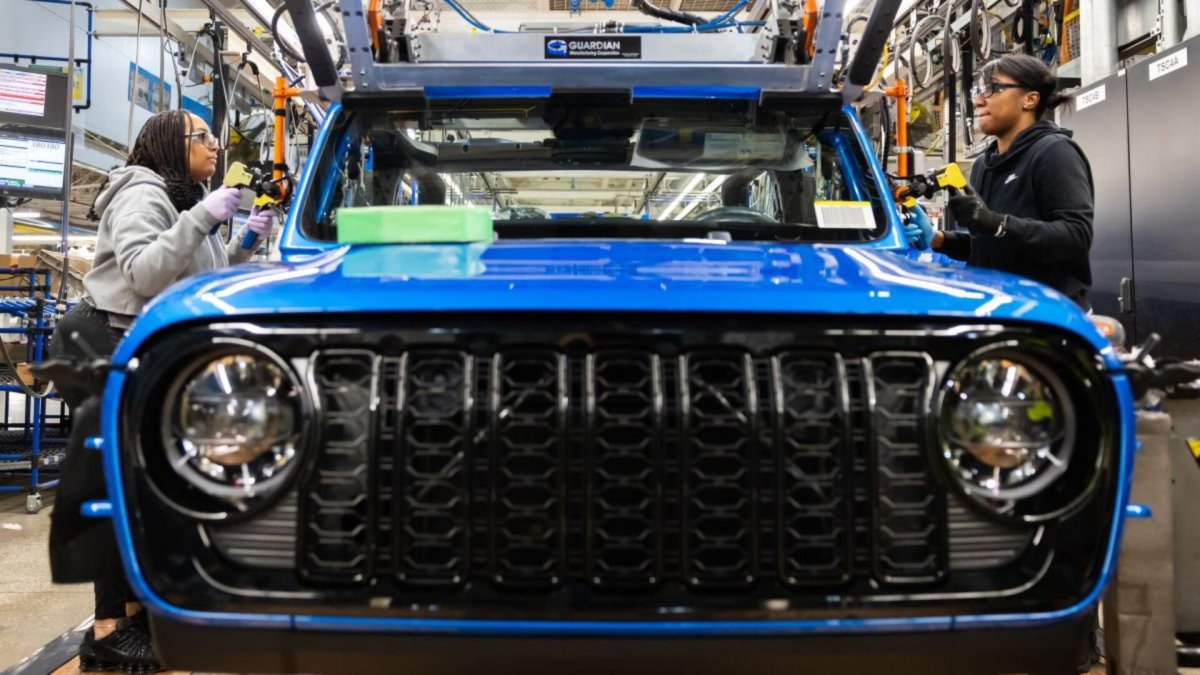
Stellantis' new Detroit auto parts 'Megahub' is part of $388 million commitment to North America
If U.S. auto fans thought American icon Chrysler lost some of its luster when it merged with Italian stalwart Fiat, then the 2021 merger of Fiat Chrysler with French automaker Peugeot threatened to kill the brand altogether.
Former CEO Carlos Tavares left the company in late 2024, and on Monday, June 23, new CEO Antonio Filosa started his tenure.
Stellantis' choosing Filosa was an early signal that the U.S. market was one of the company's priorities, as he cut his teeth as head of the North American market.
Under former CEO Carlos Tavares' leadership, Stellantis laid off American factory workers, shuffled its C-suite, and forced its U.S. brands to push products that American customers didn't like.
Meanwhile, Filosa announced he will keep his director of North America title as he moves the CEO's office to Detroit, Michigan.
Stellantis revealed in May that it will build a $388 million "Megahub" in Van Buren Township, just outside Detroit.
When the facility is completed in 2027, it "will feature cutting-edge technology" and will probably look more like an Amazon fulfillment warehouse than a typical auto parts distribution center.
Related: Jeep, Dodge parent has no solution for this emerging problem
"Our customers count on us to deliver the right part, at the right time, every time,” said Mopar North America Senior VP Darren Bradshaw.
“With the Metro Detroit Megahub, we’re building a faster, smarter and more reliable parts distribution network that puts their needs first. This investment reflects our commitment to innovation, sustainability, and operational excellence, while also creating a modern, high-tech workplace for our employees.”
This investment isn't free.
Of course, there is the nearly $400 million facility price tag, but Stellantis has sold multiple sites in the Detroit area in recent years. This investment attempts to consolidate the company's footprint into a new, state-of-the-art facility, according to a Supply Chain Drive report.
Stellantis has to work to make up lost North American ground
Stellantis has a lot of work to do to win back American consumers.
The company reported a 14% year-over-year decline in revenue. Consolidated shipments fell 9% to 1.2 million, which the company blamed on lower North American production.
Despite being a partially U.S.-located brand, Stellantis imported 564,000 vehicles last year, well ahead of Ford's 420,000 imports but below GM's total.
Stellantis reported that total first-quarter U.S. sales decreased 12% year-over-year, despite a 16% increase in Ram brand sales and a 1% increase in Chrysler brand sales. Jeep brand sales saw a 2% increase.
More on carmakers:
- Popular Ford newcomer overtakes Jeep in a key area
- Jeep, Dodge's parent, has no solution for this emerging problem
- General Motors makes a $4 billion tariff move
The company reported total sales of 293,225 vehicles in the first three months of the year.
“With the new automotive sector tariffs now in effect, it will take our collective resilience and discipline to push through this challenging time,” Filosa said recently. “But we will quickly adapt to these policy changes and will protect our company, maintain our competitive edge, and continue delivering great products to our customers.”
Related: Jeep parent Stellantis explores shocking move for struggling brand




































